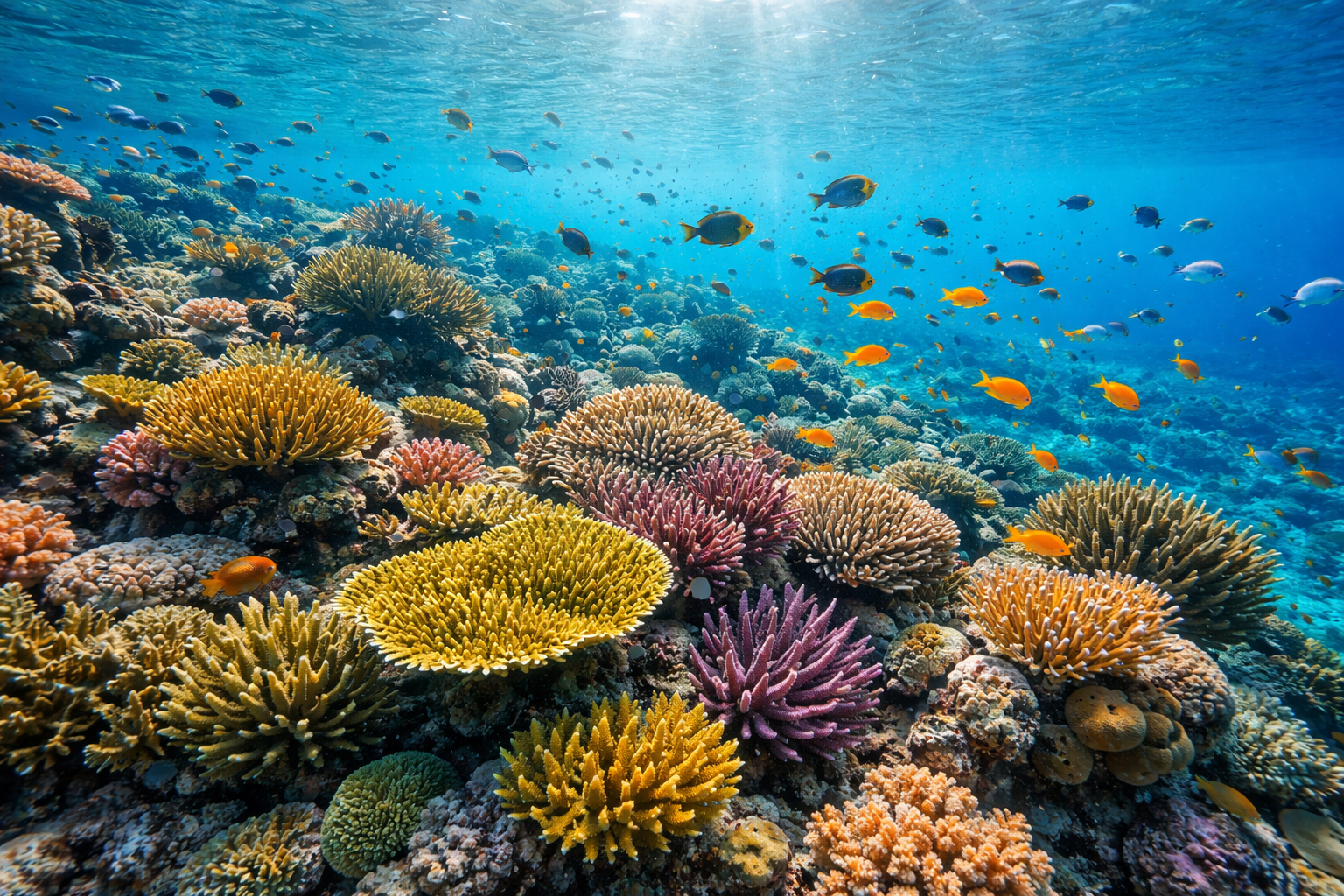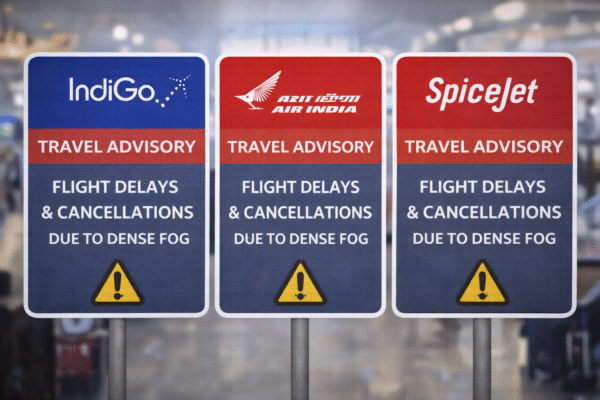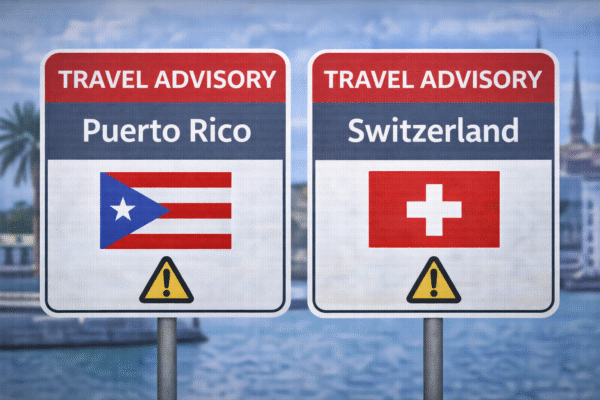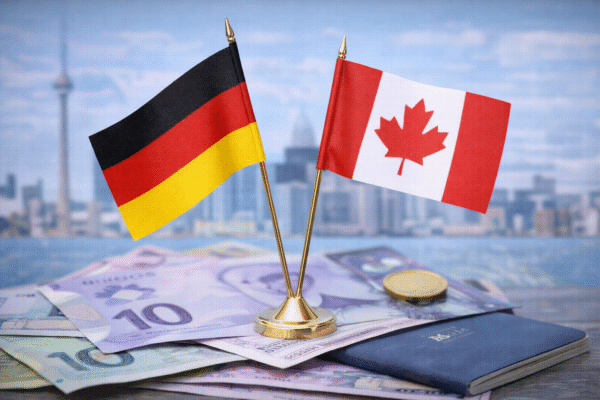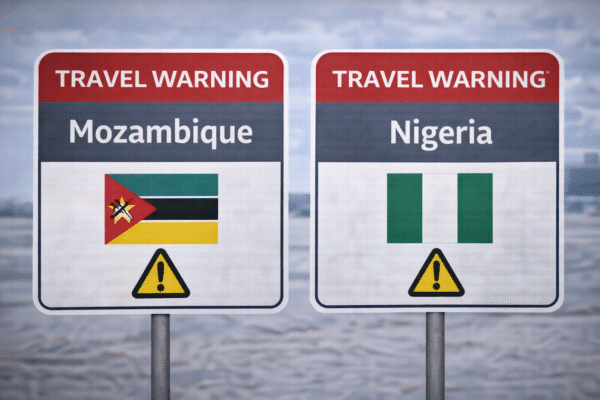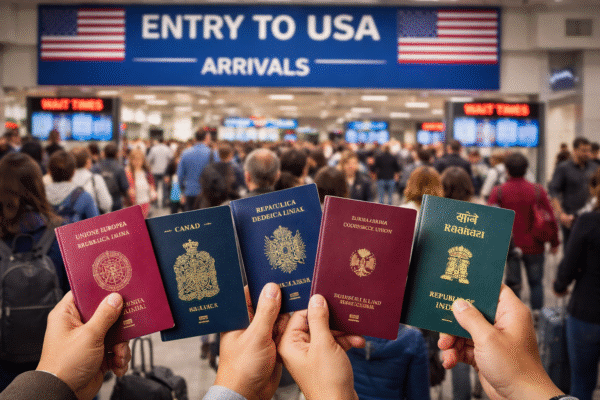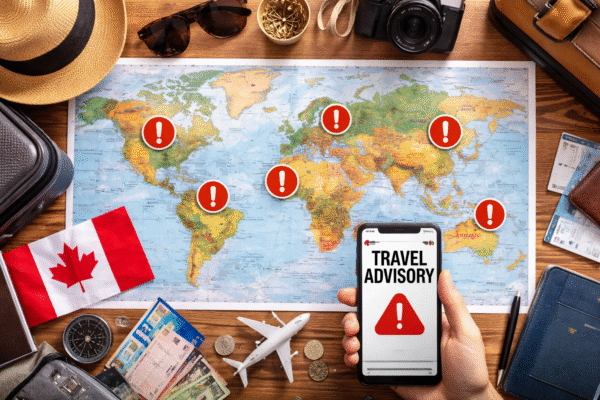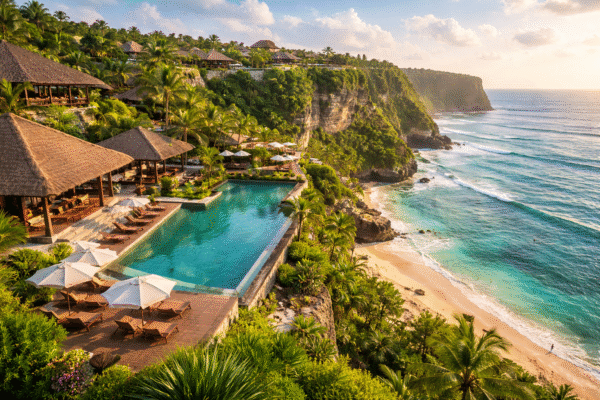Seattle’s tourism sector faces new challenges as the federal government shutdown closes popular attractions. Visitors arriving this week discovered locked doors at the Klondike Gold Rush National Historical Park in Pioneer Square. The shutdown, caused by a lapse in federal funding, forced the National Park Service to halt operations at visitor centers and staffed facilities.
The Klondike Gold Rush museum, usually open midweek, highlights Seattle’s role as a gateway for prospectors heading north in the 1890s. Its closure left tourists frustrated and confused, with many receiving little explanation on site. The shutdown, which affects national parks across the country, continues to highlight how federal budget debates ripple into the tourism sector.
Shutdown Closures and Visitor Impact
The National Park Service confirmed that indoor facilities remain closed nationwide until funding resumes. Essential services such as law enforcement and sanitation continue, but museums, visitor centers, and guided programs remain halted. For many travelers, these closures create gaps in their itineraries and frustration during carefully planned vacations.
Seattle’s Klondike Gold Rush site attracts history enthusiasts and international visitors. Its temporary shutdown carries symbolic weight, showing how political stalemates can disrupt cultural and educational experiences. While the closure caused disappointment, local officials suggest the overall effect on Seattle tourism will remain limited.
Timing of Shutdown Helps Limit Damage
The shutdown coincides with the end of Seattle’s busy summer cruise season. Cruise ships generate enormous traffic for the city, bringing millions of visitors between May and September. This year alone, Seattle hosted nearly 300 cruise ship calls and welcomed more than 1.3 million passengers.
Industry experts note that most cruise reservations were made far in advance, so the shutdown does not alter existing bookings. Local business leaders emphasize that the end of peak season means fewer disruptions to immediate tourism numbers. Restaurants, shops, and hotels along the waterfront continue to see steady flows of customers.
Cruise Industry Remains Strong
Cruise travel remains a critical driver of Seattle tourism. Even after pandemic disruptions, cruise numbers have rebounded strongly. In 2024, Seattle recorded 7.4 million total visitors, the highest in its history. Forecasts for 2025 predict over 8 million visitors, supported by growing cruise demand, major sporting events, and international travel.
Waterfront operators remain optimistic. Ferry companies, local attractions, and restaurants see shutdown closures as temporary setbacks rather than long-term threats. Business owners expect international soccer tournaments, Mariners’ postseason games, and growing event tourism to maintain momentum into 2025.
Broader National Effects
The shutdown affects more than Seattle. Across the United States, national parks, monuments, and museums face similar closures. While trails and outdoor spaces may remain open, facilities that require staffing stay locked. Websites and official social media accounts remain inactive except for emergency updates.
Air travel also faces strain. TSA officers and customs workers continue to report for duty without pay, which could lead to longer lines at airports and border crossings. Flights still operate, but prolonged disruptions could stretch staff and slow operations.
Local Economic Considerations
Washington state’s economy also feels the shutdown in indirect ways. The Department of Commerce manages more than $9 billion in contracts, with nearly one-fifth of its funding tied to federal resources. Short disruptions create manageable effects, but prolonged shutdowns could place stress on state programs and local communities.
Seattle’s tourism sector remains alert to these possibilities. Operators acknowledge that long shutdowns could affect traveler confidence. However, most leaders emphasize that resilience and strong demand provide stability. International visitors continue to arrive, and local attractions not tied to federal funding remain open.
Long-Term Concerns for Seattle Tourism
For some travelers, the shutdown creates lasting impressions. Tourists who journeyed specifically to see the Klondike Gold Rush museum left feeling disappointed. International travelers, in particular, may see closures as a sign of unreliability. This perception could challenge Seattle’s efforts to brand itself as a welcoming and dependable destination.
Industry experts note that maintaining confidence is key. Seattle relies on international tourism, which provides steady revenue year-round. Negative experiences at federal attractions could harm the city’s reputation if the shutdown continues for weeks. Ensuring smooth operations in other sectors will be critical to offset these concerns.
Ferry and Waterfront Businesses Stay Resilient
Local operators like the Victoria Clipper ferry service face separate challenges. The company reported a 30 percent decline in 2025 compared to the previous year. Executives attribute this drop to U.S.-Canada trade tensions rather than the shutdown itself. The ferry continues to operate, proving that many Seattle tourism businesses remain resilient against federal disruptions.
Restaurants, gift shops, and cultural events along the waterfront continue to welcome guests. Many report that day-to-day operations remain strong despite the park closure. Visitors still enjoy Pike Place Market, Seattle Aquarium, and local tours that fall outside federal control.
Future Outlook for Seattle’s Tourism Sector
The federal shutdown brings challenges, but projections for Seattle tourism remain positive. Visitor counts continue to grow, driven by cruise travel and international demand. By 2025, industry leaders expect more than 8 million tourists, surpassing pre-pandemic numbers.
Local organizations stress that Seattle’s tourism future looks strong. Large events, global sports tournaments, and growing demand for cruises continue to fuel optimism. The closure of one landmark cannot overshadow the city’s overall resilience.
Conclusion
Seattle tourism endures temporary disruptions from the federal shutdown. The closure of the Klondike Gold Rush museum disappointed visitors, but broader impacts remain limited. Cruise season ended before the funding lapse, minimizing losses.
Businesses along the waterfront remain steady, international travelers continue to arrive, and local attractions outside federal oversight stay open. The shutdown highlights vulnerabilities but also underscores Seattle’s adaptability.
As visitor numbers rise and major events approach, Seattle tourism looks prepared for growth. The city continues to stand strong as a vibrant and welcoming destination, even during federal uncertainty.
For more travel news like this, keep reading Global Travel Wire

